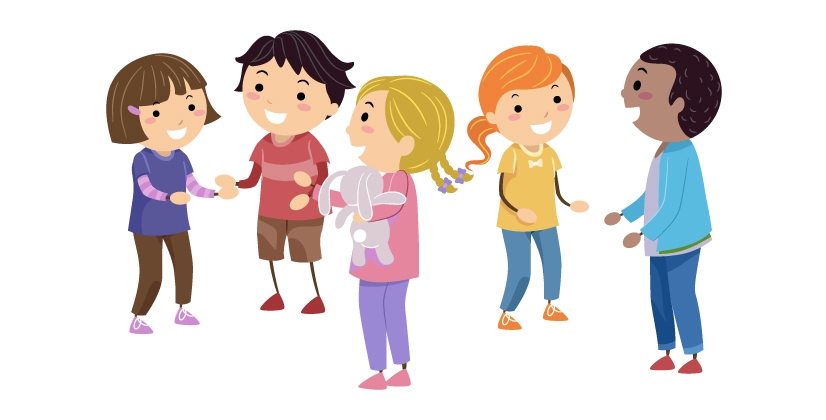- 1. Storytelling Circle (5-12 years)
- 2. Telephone Game (4-10 years)
- 3. Emotion Charades (5-12 years)
- 4. Show and Tell (5-10 years)
- 5. Puppet Show (6-12 years)
- 6. Two Truths and a Lie (7-12 years)
- 7. Picture Storytelling (5-12 years)
- 8. Compliment Circle (5-12 years)
- 9. Interview Each Other (6-12 years)
- 10. Role-Playing (5-12 years)
Developing strong communication skills from an early age has become vital more than ever. In a world where interactions span from face-to-face to digital platforms, equipping our kids with the ability to express themselves clearly and understand others is crucial. This blog will dive into communication activities for kids, offering fun and educational ways to boost these essential skills.
Math & ELA | PreK To Grade 5
Kids see fun.
You see real learning outcomes.
Watch your kids fall in love with math & reading through our scientifically designed curriculum.
Parents, try for free Teachers, use for free
5 Importance of Developing Communication Skills
- Helps kids make friends and connect with others, sharing thoughts and feelings easily.
- When kids express themselves clearly, they feel more confident in their abilities.
- Good communication is key to understanding instructions and asking questions in school, helping kids learn better.
- Being able to talk about problems and listen to solutions is important for working through challenges.
- Strong communication skills are essential for success in almost every aspect of life, from personal relationships to professional opportunities.
What are the 4 Types of Communication Activities?
- Verbal Communication Activities: These activities are all about talking and listening. They help kids learn how to express their ideas clearly and understand what others are saying to them.
- Non-Verbal Communication Activities: It’s not just words that we use to communicate. These activities focus on understanding and using body language and facial expressions to share feelings and ideas without speaking.
- Written Communication Activities: Writing and reading are key ways we share information. Exercises in this category help kids get better at writing down their thoughts and understanding what they read.
- Visual Communication Activities: Sometimes, we use pictures or other visual cues to communicate. These activities teach kids how to interpret and use visual information to express themselves and understand others.
12 Fun Activities to Improve Communication Skills
1. Storytelling Circle (5-12 years)
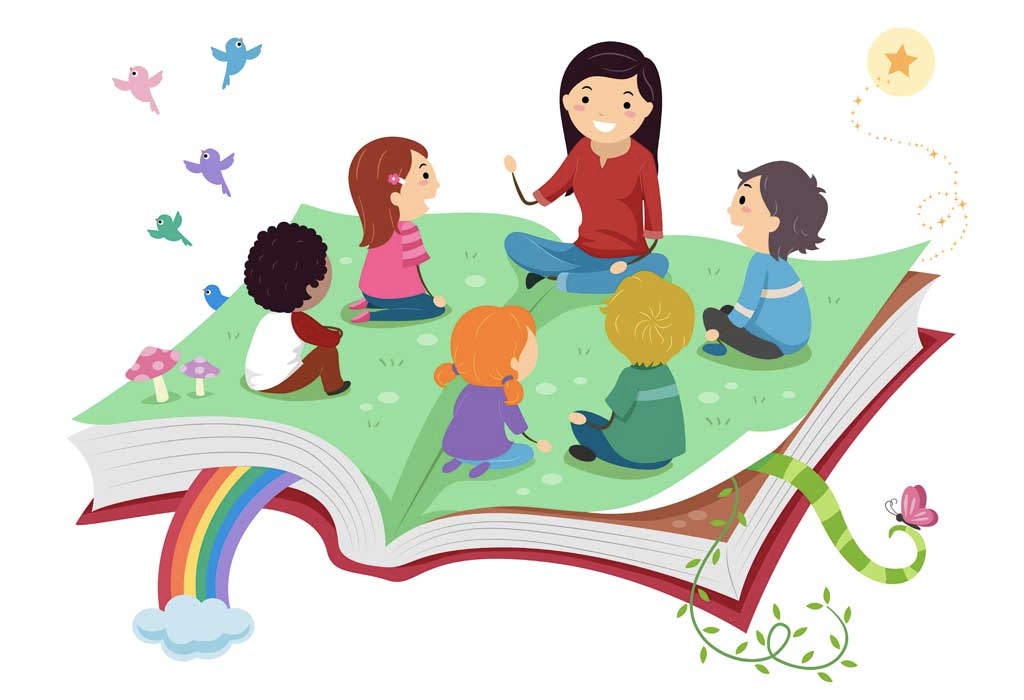
This is one of the most fun conversation skills activities that boosts creativity and helps kids practice organizing their thoughts and presenting them clearly.
How to do it:
- Start the storytelling by providing an opening sentence or scenario.
- Prompt one child to begin the story, adding a sentence or two. Then, pass the story to the next child to continue, adding their own ideas.
- Encourage each child to listen closely to the evolving story, so their addition flows naturally from what was previously said.
- Continue until each child has had a turn or the story reaches a natural conclusion.
Related Reading: Best Storytelling Activities for Kids
2. Telephone Game (4-10 years)
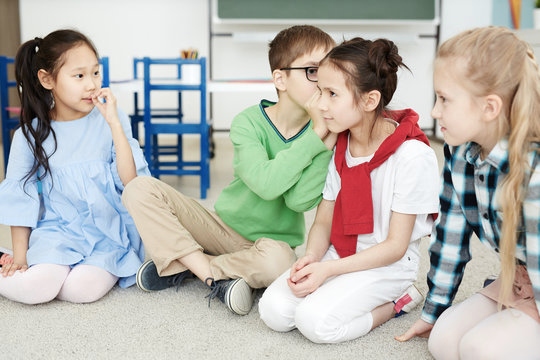
A classic among classroom activities for communication skills, the Telephone Game shows how messages can change, highlighting the importance of clear verbal communication.
How to do it:
- Have the children form a line or circle, ensuring they are close enough to whisper but not so close that they can hear the whisper to the next person.
- Think of a short, simple message to start the game. Whisper it to the first child in the line or circle.
- Each child then whispers the message exactly as they heard it to the next person in line. Emphasize the importance of not repeating the message.
- When the last child receives the message, ask them to say it aloud to compare how much it has changed from the original.
3. Emotion Charades (5-12 years)
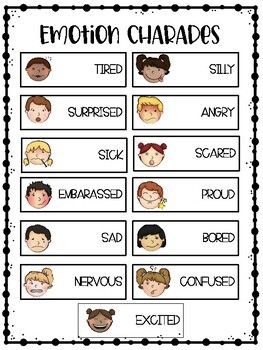
This is one of the most engaging communication activities for elementary students that enhances understanding of non-verbal cues and empathy by guessing emotions.
How to do it:
- Prepare slips of paper with a wide range of emotions written on them. Ensure there’s a good mix of easily recognizable and more complex emotions.
- Place the slips in a container and have each child draw one slip at a time without showing it to others.
- The child who draws the slip must then act out the emotion without using words, while the others guess what it is.
- After the correct emotion is guessed, take a moment to discuss why certain actions or facial expressions led to the correct answer, deepening their understanding of non-verbal communication.
Related Reading: Great Charades for Kids of All Ages
4. Show and Tell (5-10 years)
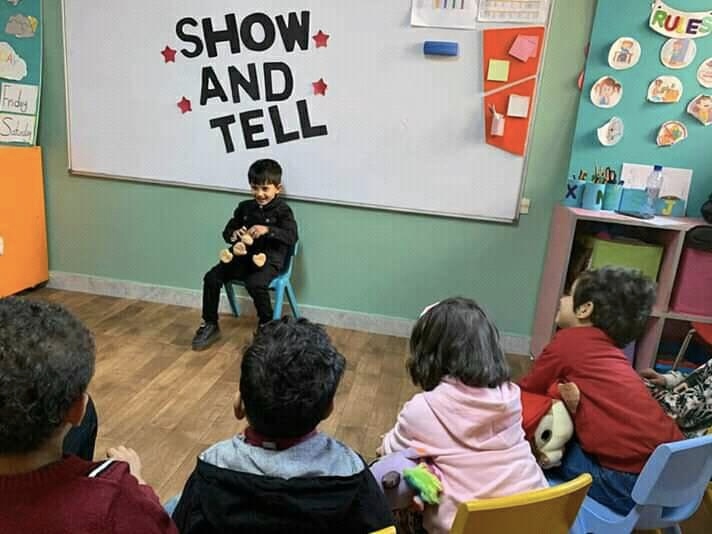
A fun communication activity for students, enhancing public speaking and storytelling skills as they share and describe a personal item.
How to do it:
- Invite each child to bring a favorite item from home, something they are excited to talk about.
- Create a comfortable space in the classroom or home where each child can stand or sit in front of the group.
- Encourage them to describe their item, including why it’s special to them, and allow for a few questions from their peers after each presentation.
5. Puppet Show (6-12 years)
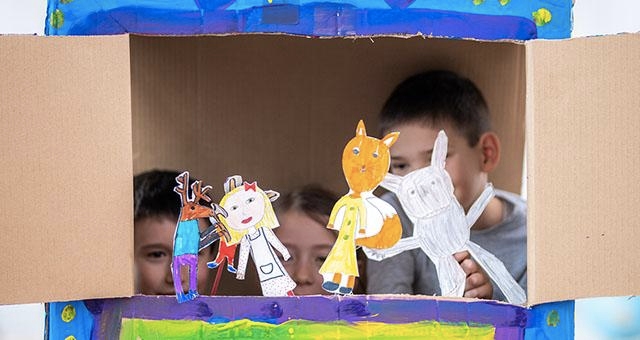
Among effective communication activities for kids, creating and performing a puppet show allows kids to explore storytelling, dialogue creation, and expressive speech.
How to do it:
- Provide materials for kids to create their own puppets or supply ready-made ones.
- Help them brainstorm and script a short story or scene for their puppet show, focusing on clear dialogue and expressive use of the puppets.
- Set up a small “stage” area where they can perform their show to an audience of peers or family members, encouraging them to project their voice and articulate clearly.
6. Two Truths and a Lie (7-12 years)
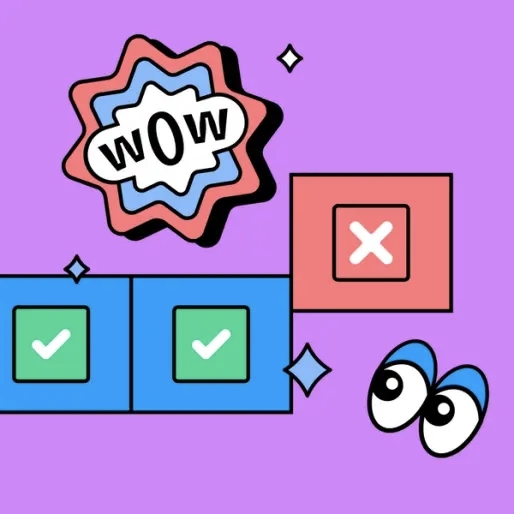
If you are looking for fun communication activities for kids, this activity not only entertains but also sharpens their ability to craft believable stories and critically assess what they hear.
How to do it:
- Start by explaining the rules: each participant must think of two true statements about themselves and one false statement, without revealing which is which.
- Have each child share their three statements in a small group or in front of the class, speaking clearly and confidently.
- After each child has shared, allow the listeners to discuss and vote on which statement they believe is the lie.
- Reveal the correct answer and discuss why people made their choices, encouraging observation and listening skills.
7. Picture Storytelling (5-12 years)

This is the best among creative communication activities for kids that boosts their imagination and narrative skills, as they interpret visual cues to craft and tell a story.
How to do it:
- Select a variety of interesting, detailed pictures or illustrations that can spark imagination.
- Show one picture at a time to the group and ask them to observe it quietly for a minute or two, thinking about what might be happening.
- Invite each child to tell their version of the story inspired by the picture, encouraging them to describe the setting, characters, and plot in detail.
- For added depth, ask questions about the story to encourage further thinking and elaboration.
Related Reading: Creative Play Activities for Kids
8. Compliment Circle (5-12 years)
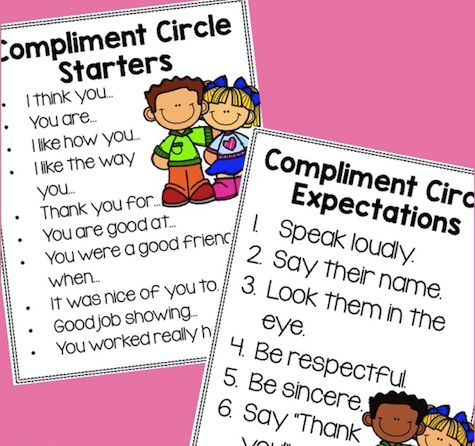
This communication skills activity fosters an environment of positive communication and boosts self-esteem by encouraging children to see and articulate the good in others.
How to do it:
- Arrange for the children to sit in a circle.
- Explain that each person will give a genuine compliment to the person on their right. It could be about something they admire, a positive trait, or something nice they’ve done.
- Start with one child and move around the circle until everyone has received and given a compliment.
- Discuss how giving and receiving compliments made them feel, reinforcing the value of positive feedback.
9. Interview Each Other (6-12 years)
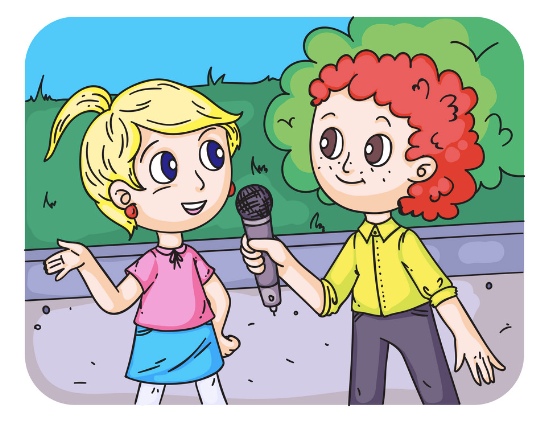
Pairing up for interviews is one of the best activities to improve communication skills, teaching kids to formulate questions, listen actively, and learn about their peers.
How to do it:
- Pair up the children and give them a list of sample questions to get them started. Encourage them to think of their own questions as well.
- Each pair takes turns interviewing each other, with one child asking questions and the other answering.
- After the interviews, ask the children to share something interesting they learned about their partner.
Related Reading: Great Ice Breaker Questions for Kids to Share
10. Role-Playing (5-12 years)
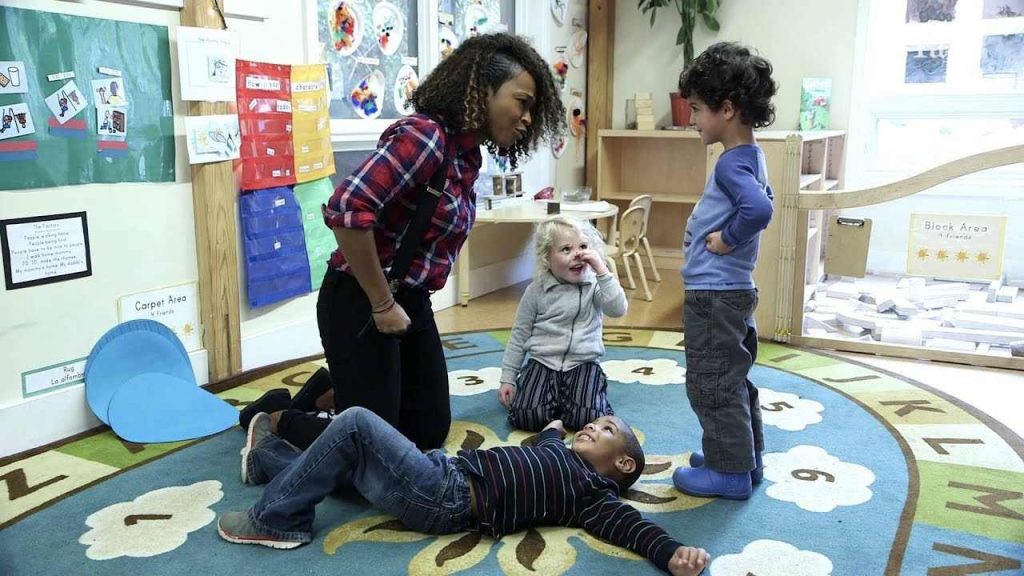
Through this communication skills activity, children engage in role-playing different scenarios, which helps them understand various perspectives and utilize specific vocabulary related to different settings.
How to do it:
- Set up different scenarios that children might encounter, such as ordering food at a restaurant, visiting a doctor’s office, or interacting in a classroom setting.
- Assign roles to the children, either letting them choose or assigning them to ensure everyone gets a turn at different roles.
- Provide props or costumes if possible to make the role-play more engaging and realistic.
- After each role-play session, discuss what the children learned from their roles and how they felt stepping into someone else’s shoes.
11. Letter Writing (5-12 years)
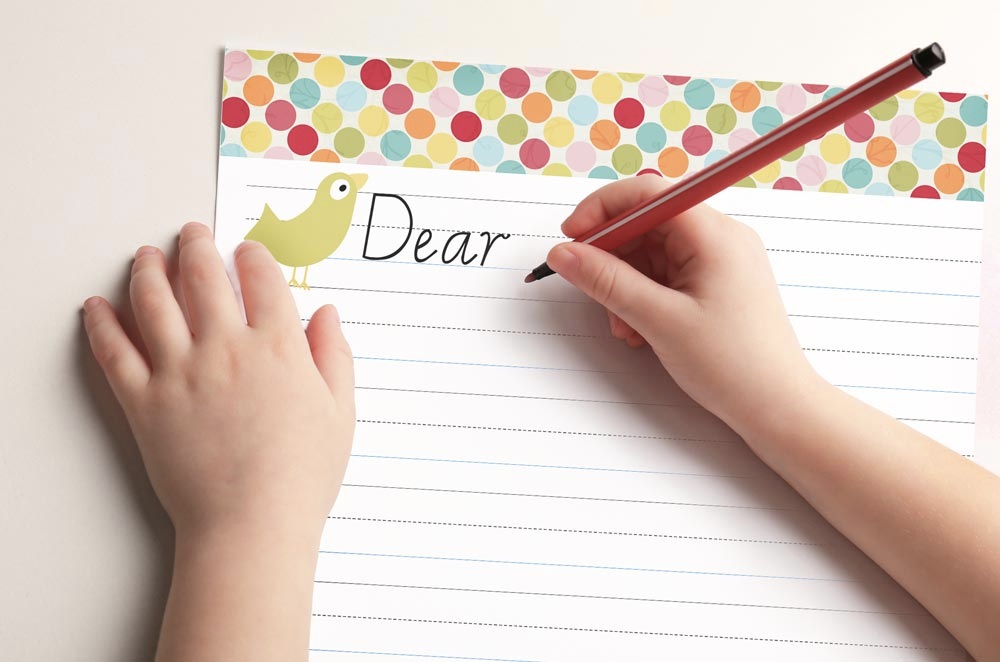
This activity is one of the most easy communication activities that teaches kids the value of written communication, encouraging them to express their thoughts and feelings through letters to friends, family members, or pen pals.
How to do it:
- Provide children with paper, envelopes, and writing materials.
- Discuss the importance of sharing news, asking questions about the recipient’s life, and expressing feelings in a letter.
- Guide them on how to start and end a letter, and encourage them to decorate their letters or envelopes to add a personal touch.
- For younger children, this can be a drawing or a few sentences, while older children can write more detailed letters.
12. Emotion Wheel
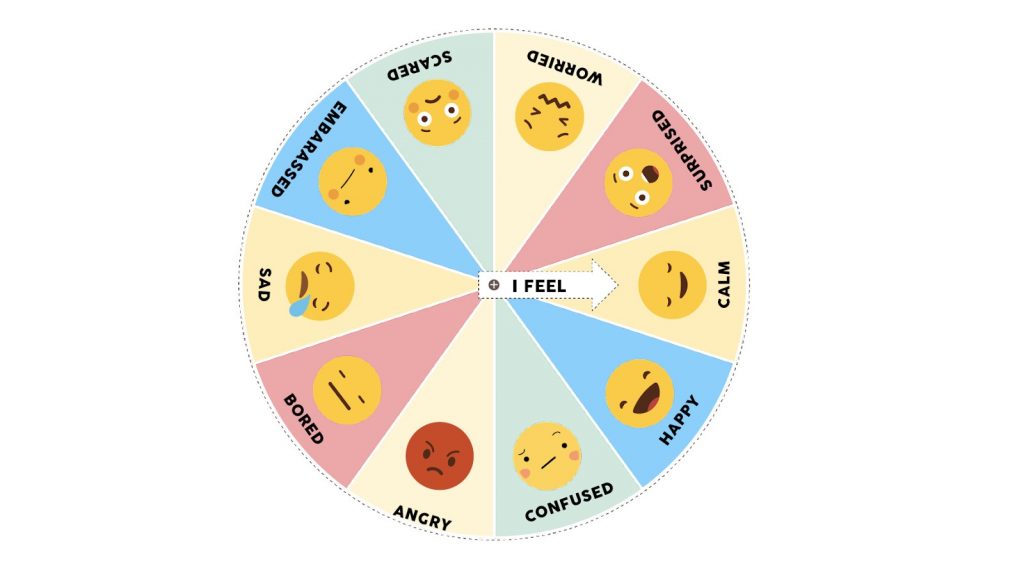
Emotion wheel can be a great option if you are looking for communication activities for kindergarten. Emotion Wheel helps children recognize and express different emotions, enhancing their emotional intelligence.
How to do it:
- Create a wheel with various emotions displayed around it, including both positive and negative feelings.
- Children take turns spinning the wheel and then either act out the emotion it lands on or describe a time they felt that way.
- Encourage the group to guess the emotion being acted out or discuss the shared experiences when describing emotions.
Age Group: 4-6 years (kindergarten), adaptable for older children up to 12 years.
Related Reading: Fun Social Emotional Activities for Preschoolers
4 Effective Communication Tips for Parents and Teachers
1. Model Effective Communication: Demonstrate clear and respectful communication in all your interactions. Children learn by example, so when they see adults communicating effectively, they’re more likely to adopt those behaviors themselves.
2. Encourage Open Dialogue: Create a safe and welcoming environment where children feel comfortable expressing their thoughts and feelings. Let them know it’s okay to share what’s on their mind, fostering an atmosphere of trust and openness.
3. Listen Actively: Show genuine interest in what children have to say by giving them your full attention. Active listening involves making eye contact, nodding, and responding appropriately, which validates their feelings and encourages them to communicate more openly.
4. Provide Constructive Feedback: When offering feedback, focus on the positive aspects of their communication efforts and provide suggestions for improvement in a kind and supportive manner. This approach helps build their confidence and skills without discouraging them.
Conclusion
Developing strong communication skills in children is essential for their growth and success in all areas of life. By incorporating fun and educational activities into their daily routines and following these effective communication tips, parents and teachers can play a significant role in nurturing confident and articulate communicators for the future.
Related Reading: Best Vocabulary Activities for Kids: Word Wizards
Frequently Asked Questions (FAQs)
What are 5 child-friendly communication techniques?
Use simple words, maintain eye contact, listen actively, ask open-ended questions, and encourage storytelling. These techniques make communication engaging and understandable for children.
How do you teach kids about communication?
Teach kids about communication by modeling effective communication yourself, engaging them in activities that enhance communication skills, and providing feedback on their efforts to communicate clearly and respectfully.
Which game helps in effective communication?
The Telephone Game is excellent for teaching effective communication. It highlights the importance of clear speaking and careful listening as messages are passed along, showing how easily information can be misunderstood.

















